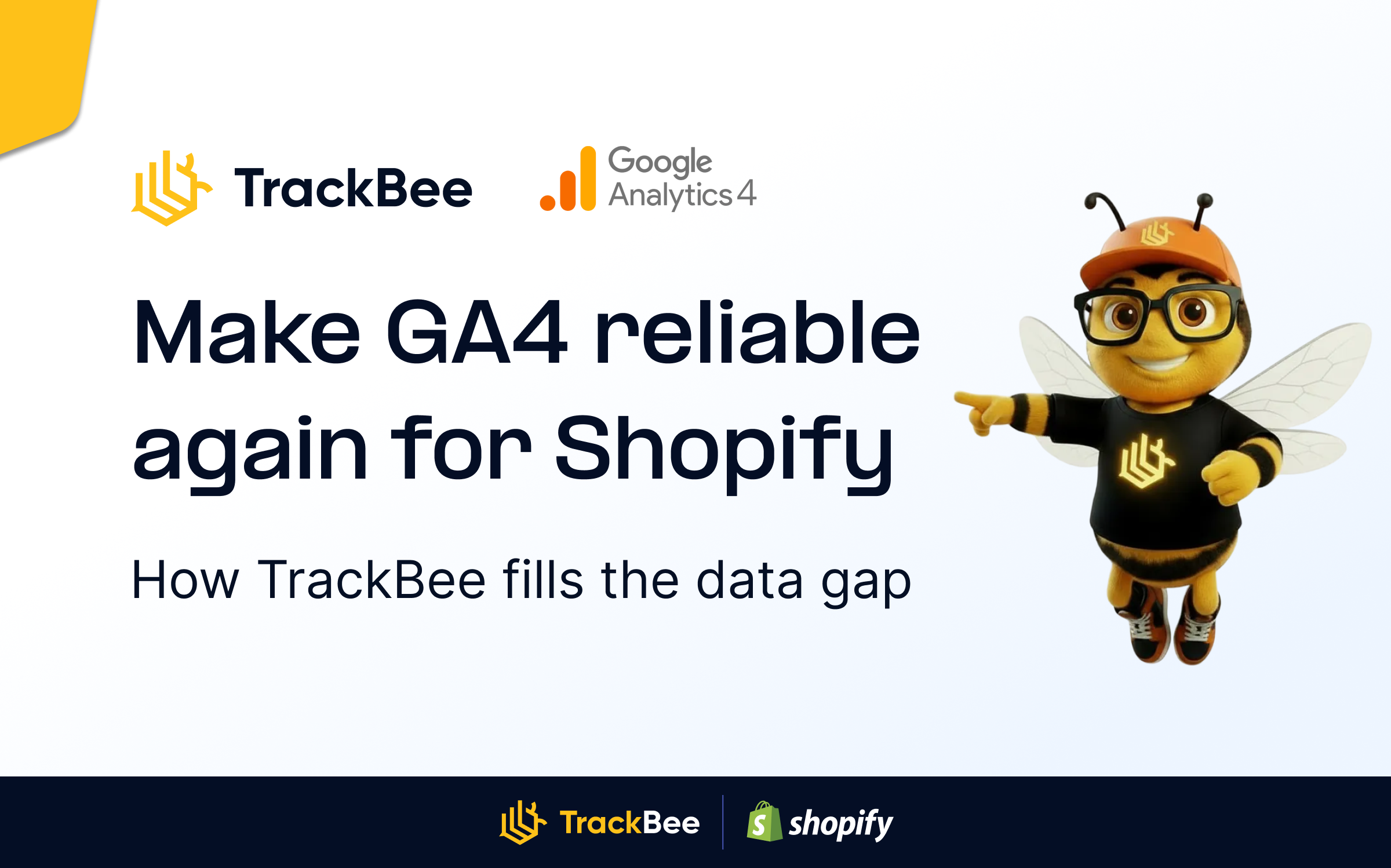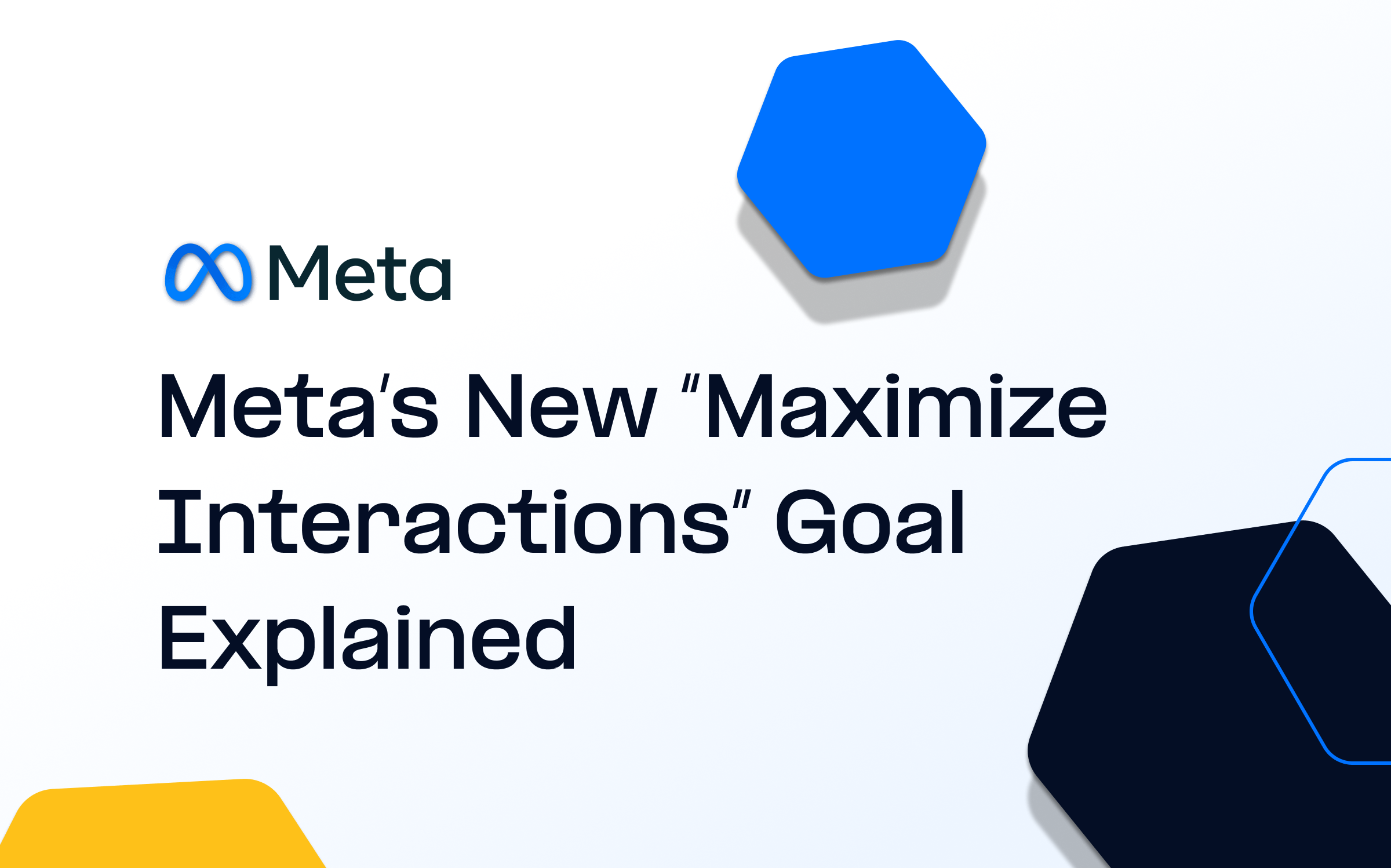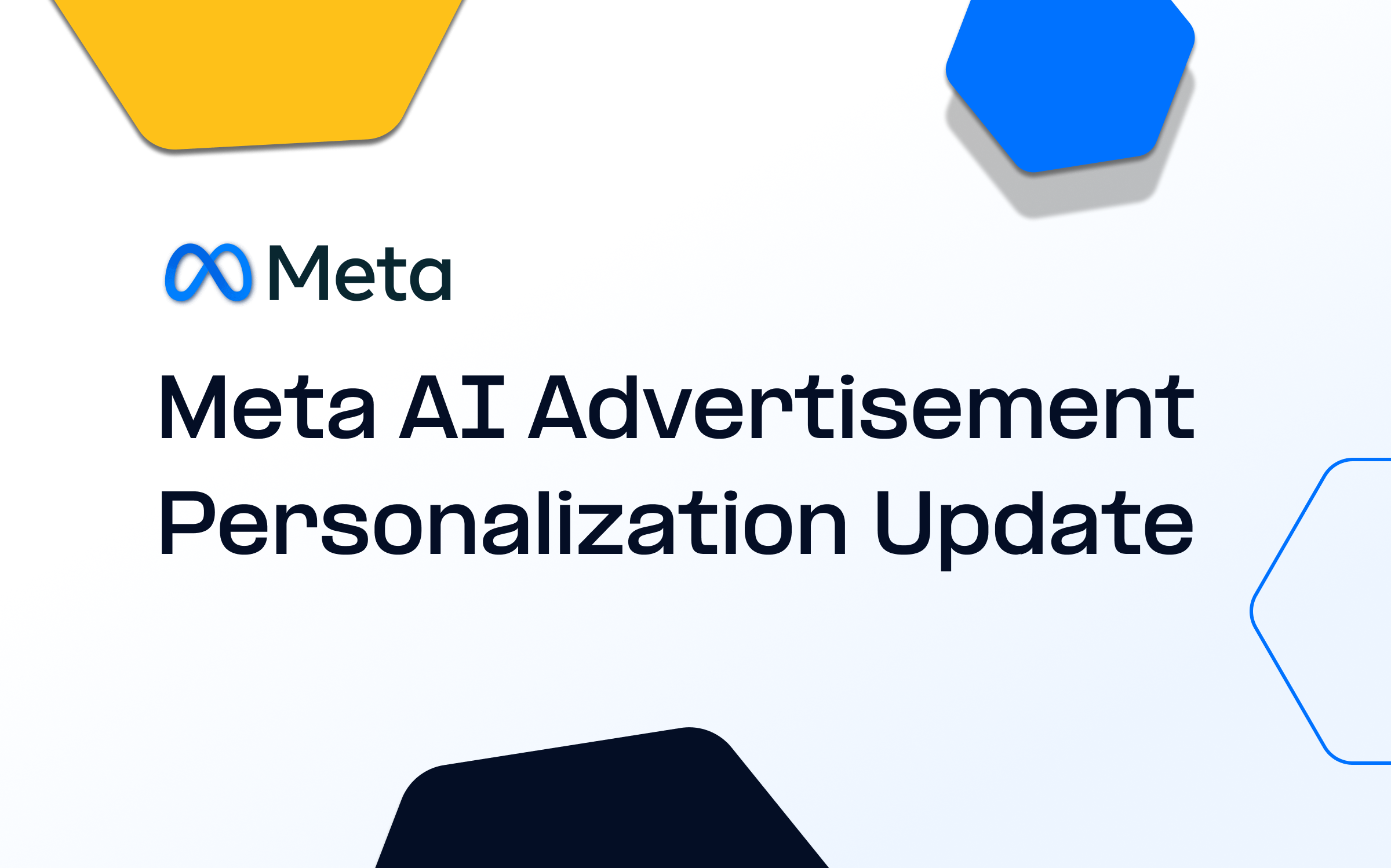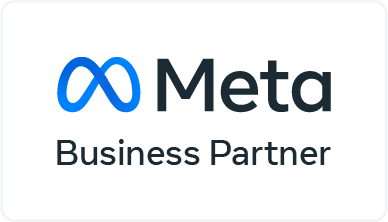In this article, we’ll break down why this happens, what scaling strategies most advertisers try, and why your conversion data may be the hidden culprit behind the crash. Most importantly, you’ll learn how to scale Facebook ads without losing ROAS, and keep your ad spend profitable.
What really happens when you scale Facebook ads too fast
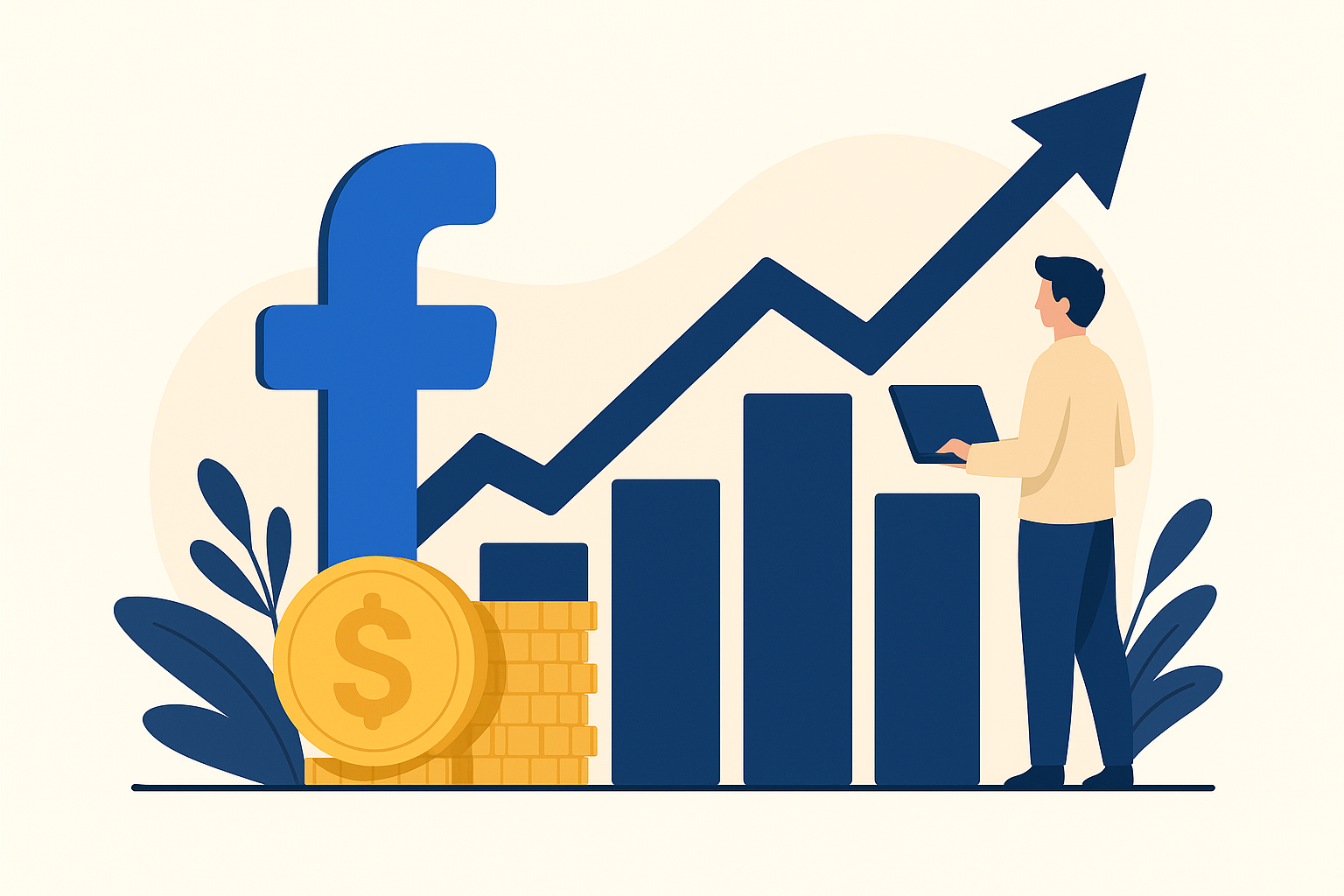
Scaling Facebook ads isn’t just about giving Meta more budget and expecting the same results. Here’s what’s going on behind the scenes when your ROAS drops:
Audience saturation
When your advertising campaigns are performing well, Meta is showing them to your highest-quality target audience. As your campaign budget increases, those pockets get “burned” faster. Meta then expands into broader targeting, often hitting new audiences who are less likely to convert at your target CPA.
Learning phase reset
If you make large budget jumps, also known as vertical scaling, you risk resetting the learning phase. The Facebook algorithm has to re-learn where to spend your budget effectively, which often means short-term inefficiency.
Signal degradation
At higher spend, you’re not just reaching more people, you’re reaching different people. Lower-quality clicks and partial conversions start entering your data pool. The algorithm optimizes based on this weaker data, which can push your ROAS down further.
Common scaling fixes advertisers try
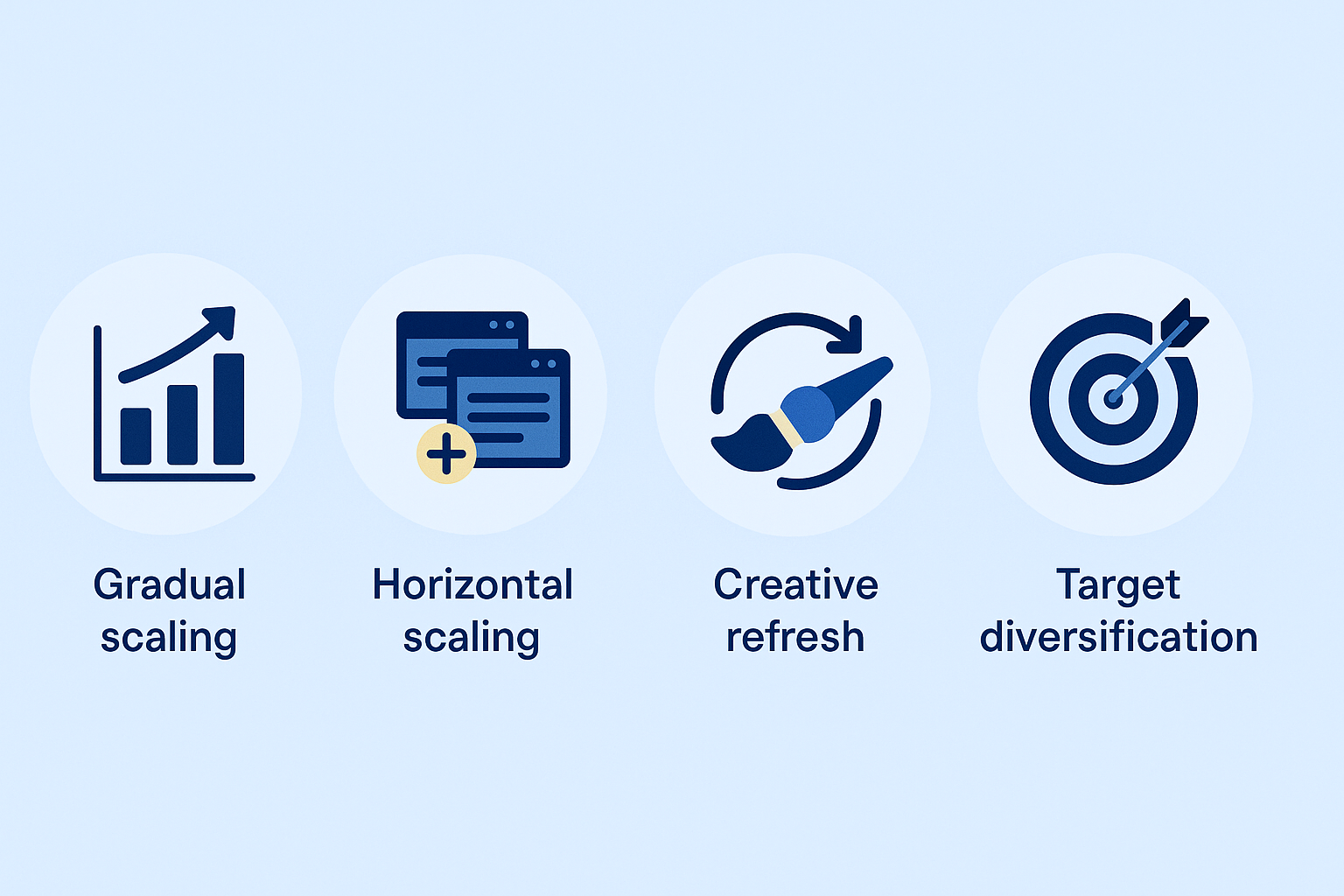
When running Facebook ads, many Shopify store owners test these approaches:
- Gradual scaling: increasing budgets by 10–15% every 3–4 days instead of big jumps
- Horizontal scaling: duplicating ad sets or launching new Facebook campaigns targeting lookalike audiences or other niche audiences
- Creative refresh: adding new ad formats, hooks, and visuals to avoid ad fatigue and re-engage your existing audience
- Target diversification: expanding into broad targeting or dynamic product ads to find additional pockets of potential target customers
These tactics can improve campaign performance, but they only address part of the issue.
The overlooked factor: data quality
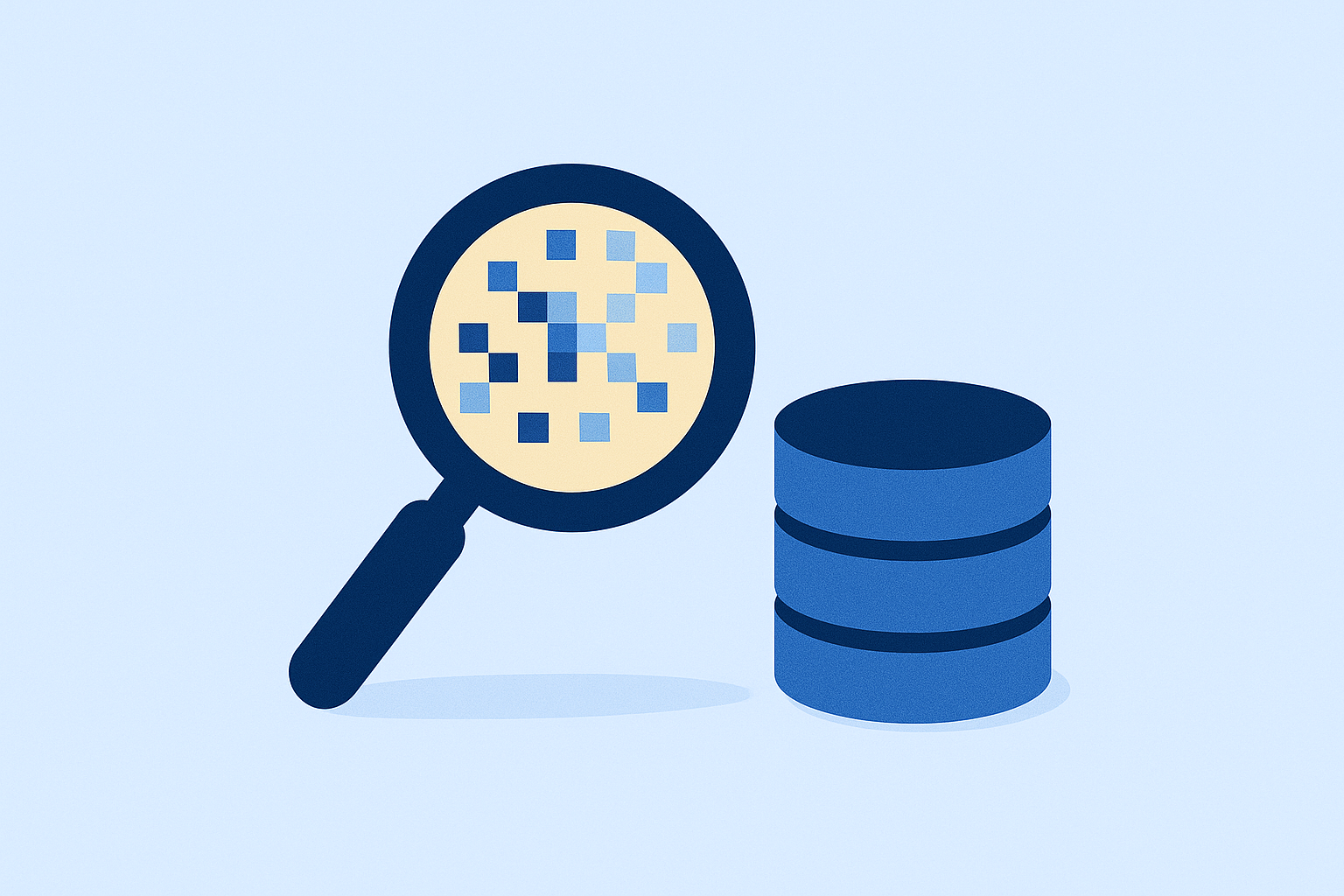
There’s a reason your scaling crash often happens sooner than expected: your Facebook ads conversion data might be incomplete.
With client-side tracking alone (relying only on the Meta Pixel in the browser), you can easily lose 15–30% of conversions due to:
- Browser cookie restrictions
- Ad blockers
- iOS tracking limitations
When Meta is missing part of your sales data, it makes poor optimisation decisions:
- It thinks your high-quality audience is smaller than it really is
- It starts expanding to lower-intent traffic to “make up” for the shortfall
- Your cost per acquisition rises, and ROAS declines, even without creative fatigue
How TrackBee prevents the ROAS crash

Trackbee solves the data quality problem for Shopify brands by making sure your advertising campaigns give the Facebook algorithm the full picture.
Here’s how:
- Server-side tracking: captures conversions lost to browser limitations and sends them directly to Meta
- Persistent shopper profiles: links sessions across multiple devices and visits, so a customer who clicks on mobile and buys on desktop still counts as a single, trackable conversion
- Cross-platform data sync: the same enriched dataset is sent to Meta, Google Ads, TikTok, Pinterest, and Klaviyo, keeping every campaign structure in sync with reality
The result? Meta’s algorithm has more accurate, high-quality conversion signals to work with. That means it can keep finding the right people at scale, without slipping into less profitable audience segments.
A scaling strategy powered by better data
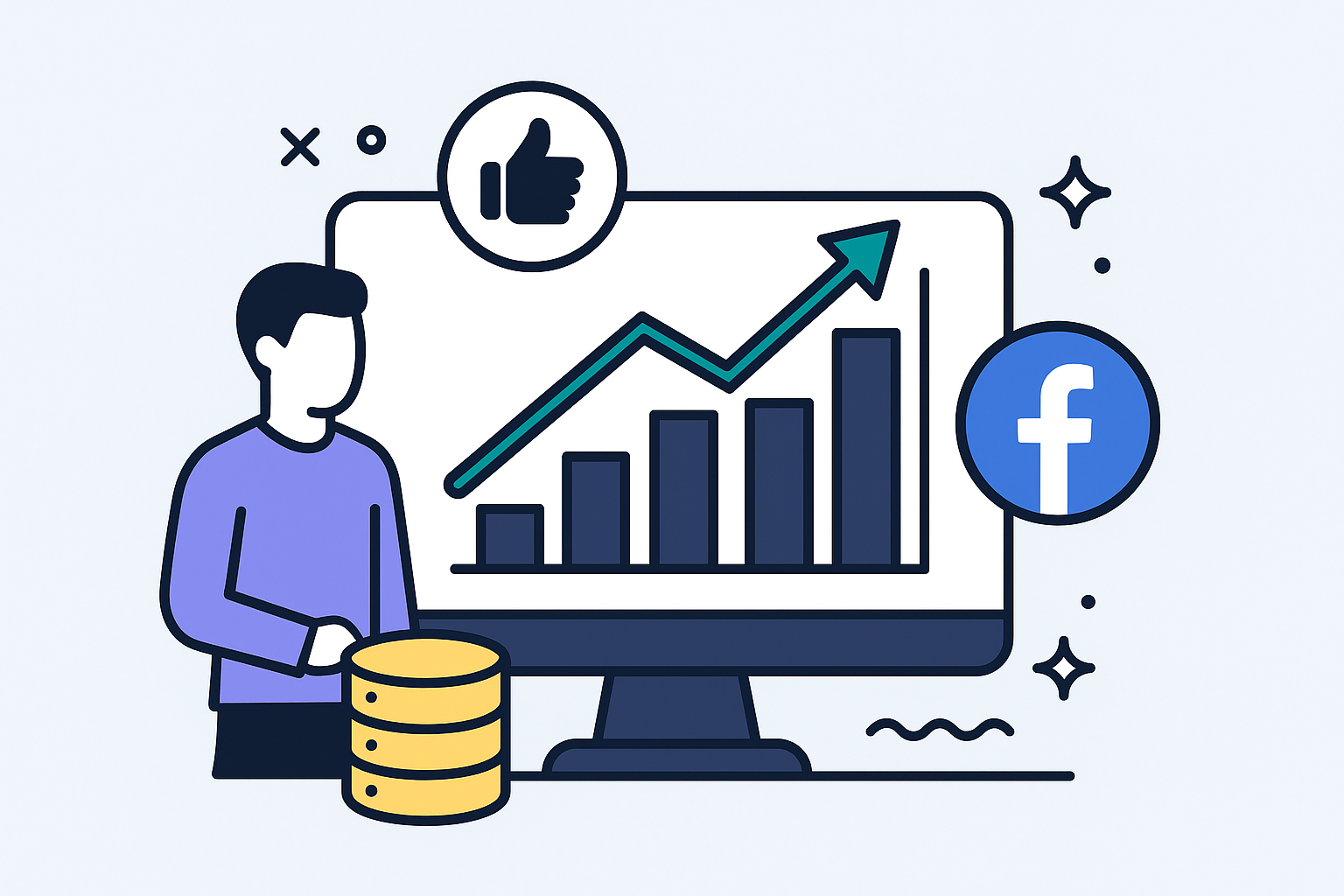
Combining the right scaling tactics with stronger tracking can help you grow without sacrificing efficiency:
- Audit your tracking first
Check how many events Meta is missing from your Facebook ads account. - Start using TrackBee
Live in less than 5 minutes. Make sure Meta receives accurate and high quality data. - Use the right campaign structure
Choose between vertical and horizontal scaling based on performance trends, and align your ad sets to audience behaviour - Scale gradually, with creative refresh
Increase budgets in smaller increments while adding new ad creative before each jump - Monitor event match quality (EMQ)
Keep Meta’s EMQ score high to ensure your server-side data is matching users correctly - Optimise across platforms
With consistent data feeding all your advertising campaigns, you can spot performance dips faster and make informed scaling decisions.
Conclusion – scale without the crash
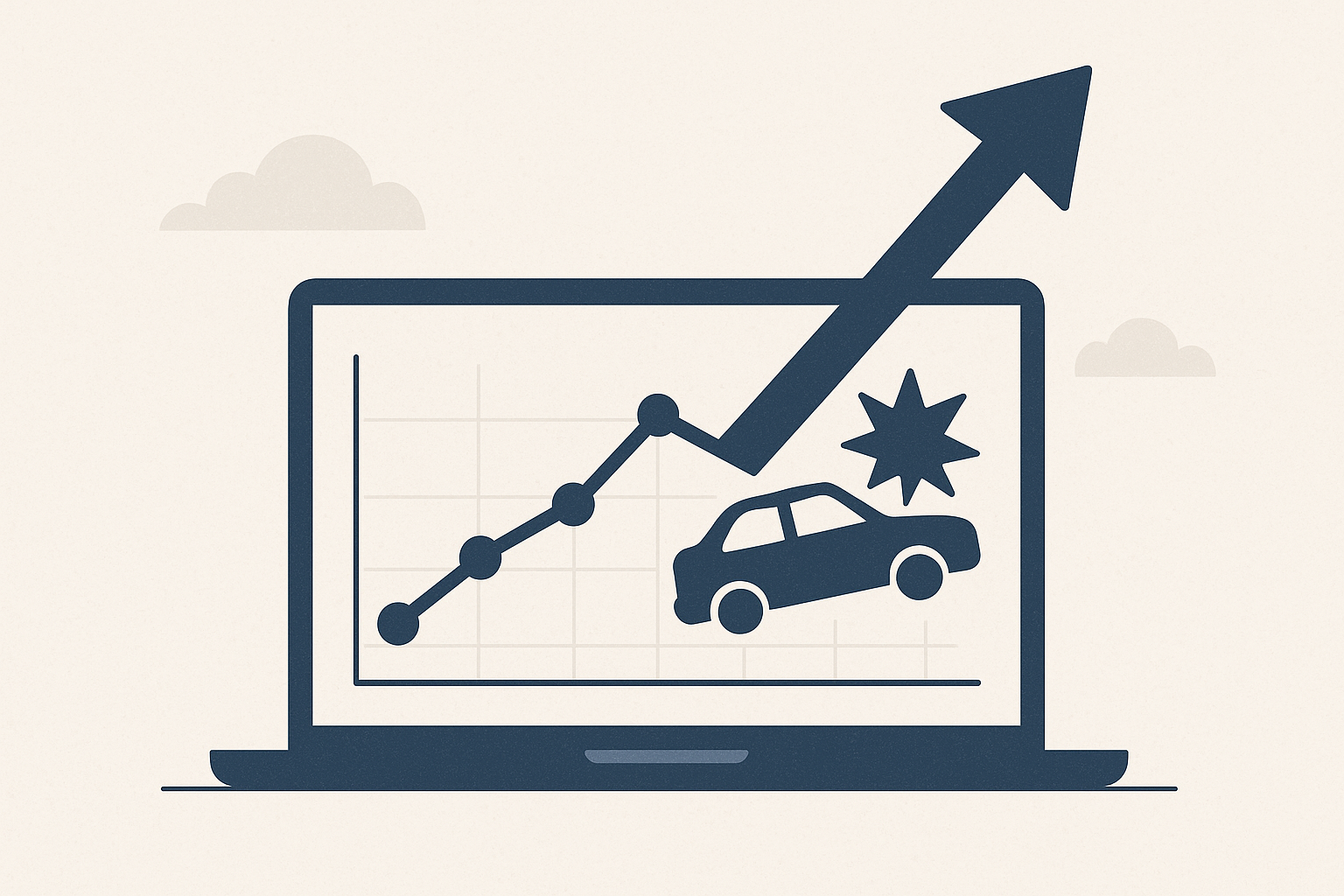
Scaling Facebook ads without losing ROAS isn’t just about campaign budget optimisation or creative swaps, it’s about making sure the algorithm has the best possible data to work with.
If Meta can’t see all your conversions, you’re scaling blind. But with enriched, server-side tracking feeding your campaigns, you give the algorithm what it needs to maintain performance as you grow.
Want to know how many conversions Meta is missing from your Shopify store?
Get a free Trackbee data check and find out before your next scaling push.


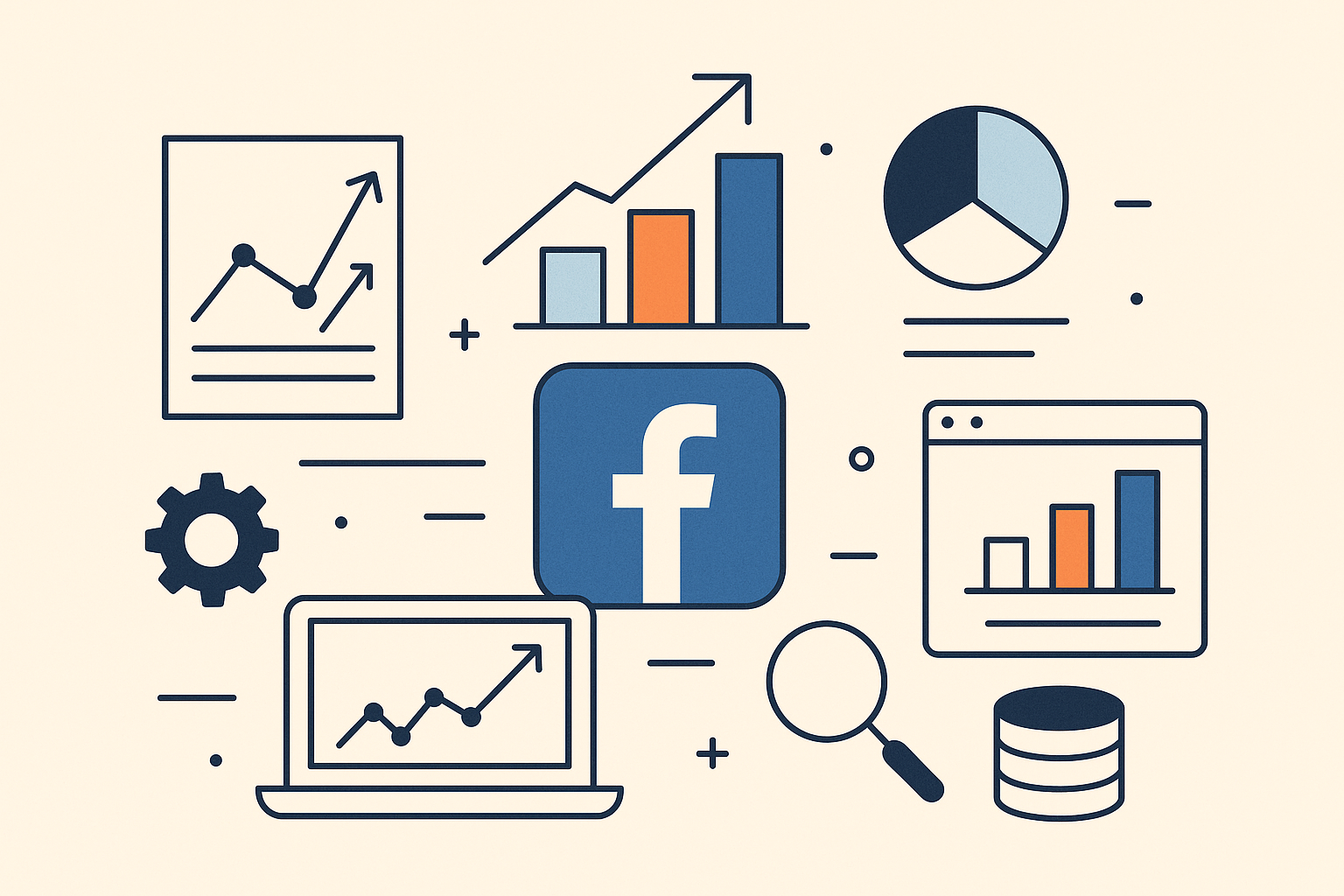





.png)
